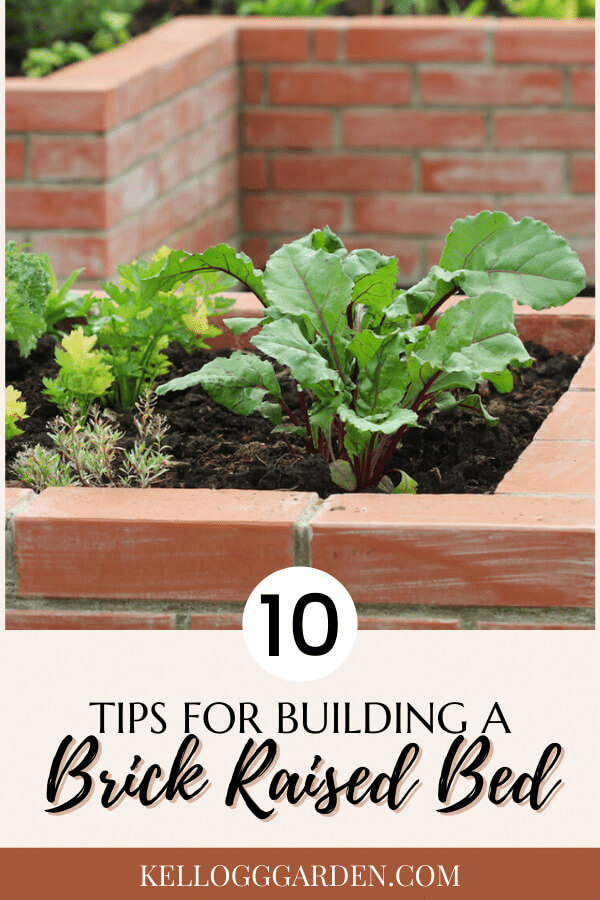Your cart is currently empty!

Basil Plant Growing Tips
If you’ve just planted your own basil plant, you’ll want to make sure you take the proper steps to ensure that it grows well. You’ll find a number of growing tips below to help you get your basil off to a good start.
Watering basil from the top or bottom
When growing basil, it is important to keep the soil moist, but not soaked. This can lead to fungal diseases, scorch, and yellowing of the leaves. A good watering schedule will help you avoid these problems.
While basil can be grown indoors, it is easier to water the plant outdoors. You will need to be sure to water the basil early in the morning before the sun is hot. Watering at night is also not a good idea, as it can cause the soil to dry out more quickly.
Depending on the type of basil you are growing, it will need to be watered at least a few times a week. If you are using a container, you can water it on a daily basis, but be sure to check the soil.
Using a wand to water your basil plant is a much better option than bending over or standing. It makes it easier to focus the water on the base of the plant.
Harvesting basil before the plant flowers
If you want to get a head start on the season, harvesting basil before the plant flowers is a great way to ensure you have a steady supply of fresh leaves. Not only will you be able to use the plants as you need them, but you can even freeze them for later use.
The best time to harvest your basil is the day the plant reaches about 6-8 inches tall. This is the height at which you should be able to remove the top half of the stem, but you can leave a few inches intact if you prefer.
When harvesting basil, it’s important to avoid cutting off the flower buds. Basil will grow better when you prune it regularly. Once you have harvested the main stem, you can either remove the flower spikes or trim off the rest of the leaves.
Using a small pair of scissors to slice off the thick stems is a good idea. You can even tie it up with some garden twine to keep it in place.
Pests and diseases that can affect basil plants
Basil is one of the most popular herbs to grow. It is a sun loving plant, and can be used for both culinary and ornamental purposes. However, basil plants are also susceptible to pests and diseases. They can be plagued with downy mildew, fusarium wilt, and leaf spot.
Downy mildew can be extremely detrimental to your basil plant, and can affect the entire crop. Infected leaves can begin to discolor and turn yellow. You can also notice patches of brown necrotic tissue on the leaves. If your basil plants are infected with downy mildew, you should remove them immediately.
Flea beetles are an infestation that can be quite frustrating to deal with. These bugs can infest your basil plants, and their shiny bodies can make it difficult to tell them apart.
Aside from the obvious damage, flea beetles also inhibit plant growth. This is especially true of immature plants. To help prevent them, you can use neem oil or insecticidal soap to kill them.
Propagate your own basil plants
If you love basil but can’t keep it all, you may want to learn how to propagate your own basil plants. This is a great way to share your love of this herb with friends and family. It is also a great gift.
Basil grows in several growing zones across the United States. It works well in raised beds and in containers. You can also purchase fresh basil at a grocery store. But when you buy basil from the supermarket, it will die in a day or two.
The best time to propagate basil plants is when they are young. They need a lot of light and warmth to grow. So make sure you place your seedlings in a sunny spot. Ideally, the soil should be moist, but not too wet.
Once your basil seedlings have developed their first leaves, you can divide them. This is the easiest way to get new plants. However, it can take several weeks for the cuttings to root.
by
Tags: